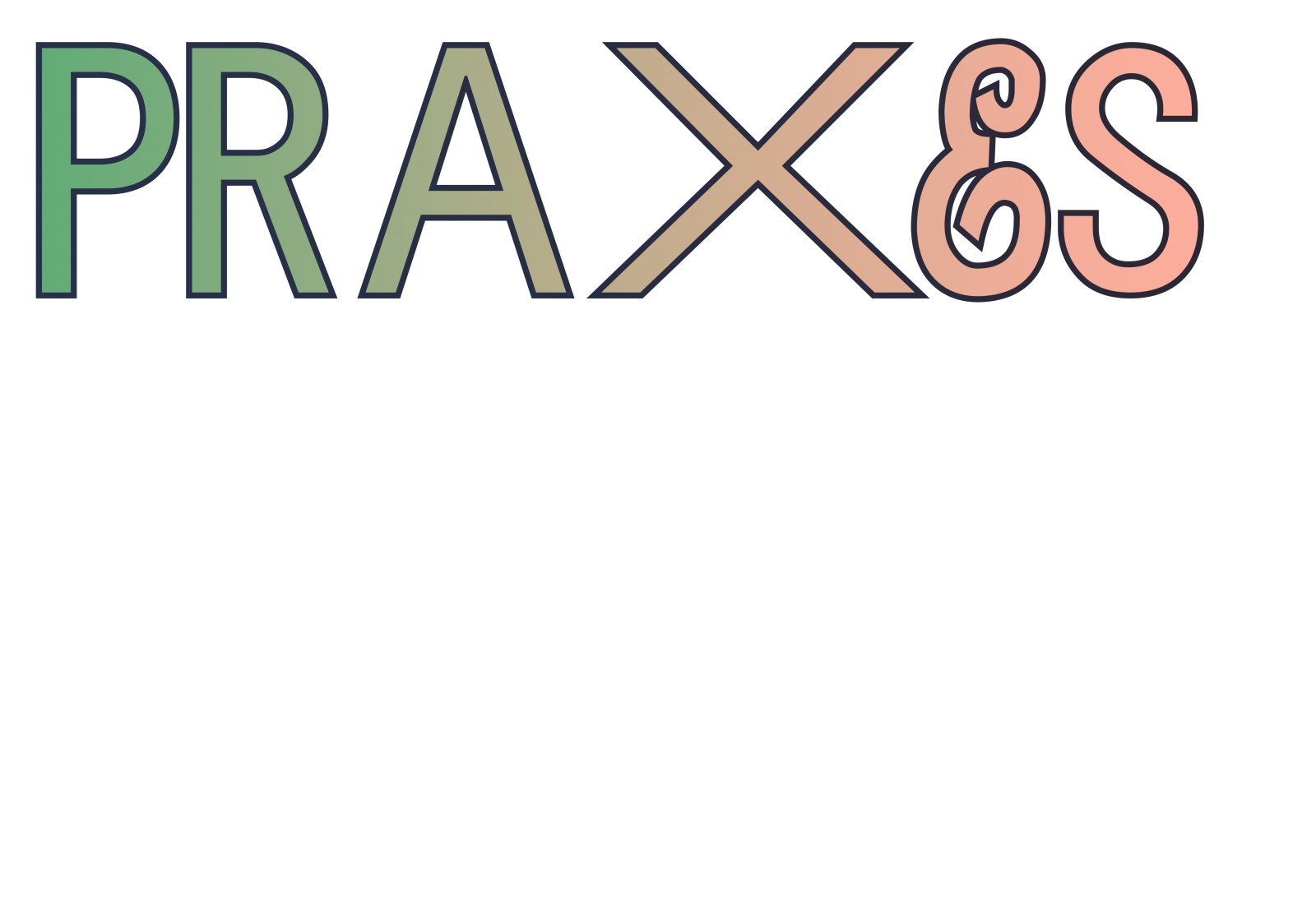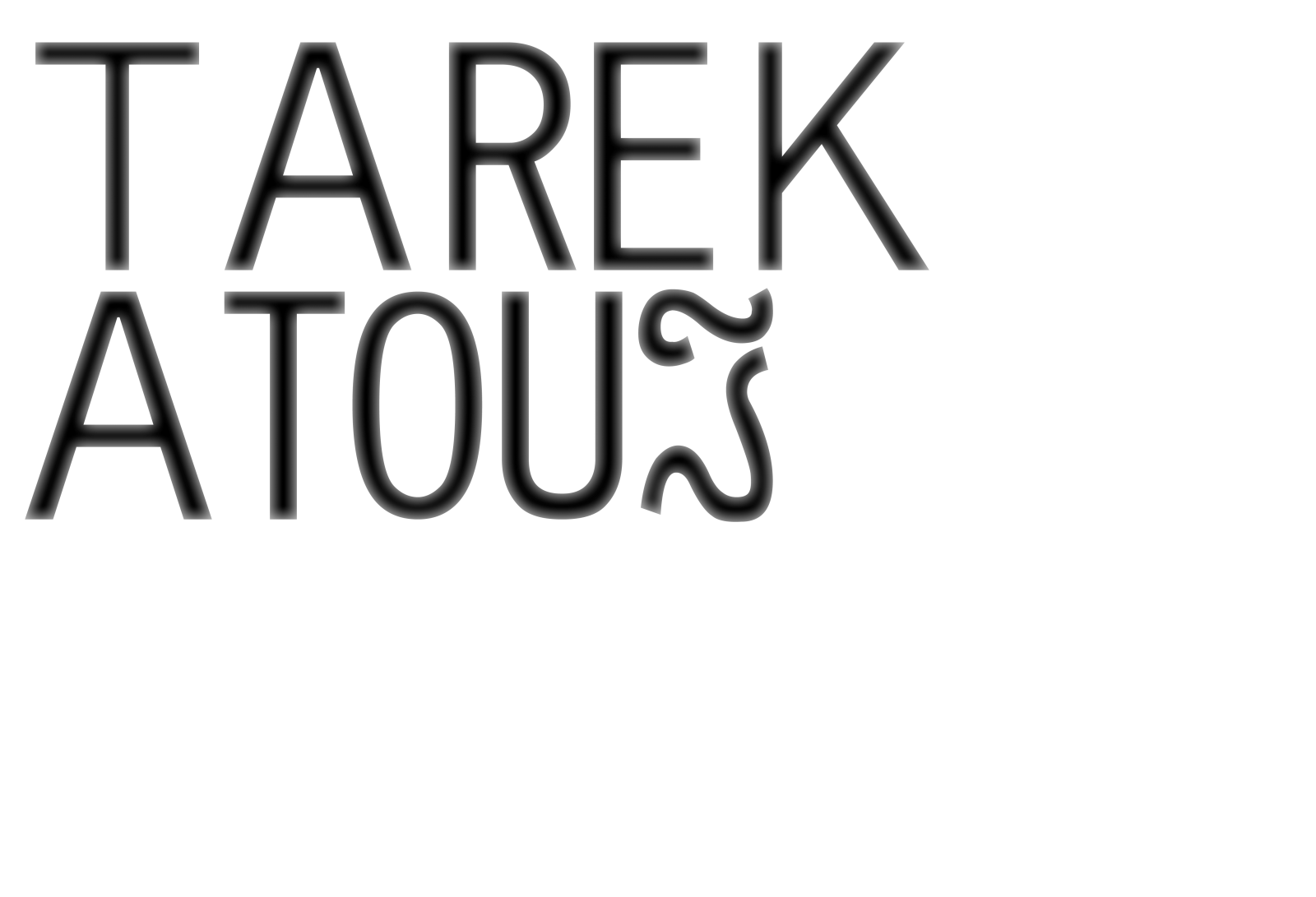Videos from freethought´s the Infrastructure Summit, Bergen Assembly 2016
In The Infrastructure Summit, September 3rd and 4th 2016, internationally renowned artists, writers, scholars and curators investigated the nature of infrastructure in times of economic disparity, ecological catastrophe, expulsion and forced migration. The event was also a performative platform, with screenings of Phil Collins´ Delete Beach, produced for Bergen Assembly, Norwegian premiere of Clément Layes´/ Public in Private´s performance Things that surround us, co-produced with BIT Teatergarasjen, and the event Infrasonic.
Contributors included:
Irit Rogoff, Adrian Heathfield, Elizabeth Povinelli, Tom McCarthy, Massimiliano Mollona, Bonaventure Soh Bejeng Ndikung, Nora Sternfeld, Fred Moten, Wu Tsang, Hypatia Vourloumis, Stefano Harney, Tiziana Terranova, Louis Moreno, Andy Merrifield, Arjuna Neuman, Denise Ferreira da Silva, Ranjit Kandalgaonkar, and The Partisan Café: Nora Sternfeld, Jenny Moore, Freja Bäckman, Kabir Carter, Tora Endestad Bjørkheim, Johnny Herbert, and Arne Skaug-Olsen.
You can watch videos from talks and conversations during The Infrastructure Summit here:
AESTHETIC ANALYTICS#2
Elizabeth Povinelli
Elizabeth Povinelli wiyh Mao Mollona, Irit Rogoff and Adrian Heathfield of freethought,
3 Sep 2016 during Bergen Assembly 2016 – freethought´s The Infrastructure Summit.
Based on the Karrabing Film Collective, this talk explores aesthetic objects, practices and judgements from the point of view of the ‘trailings of infrastructures’. What forms of accumulations and dissipations, demands and diversions of power are visible when not only objects but also infrastructures are examined from the point of view of their trailings? Trailings are the indefinable, crumbling, and corroding edges of things, where things, including infrastructural forms become quasi things, only ever “thingish”. The scent an animal leaves behind, the light off a lake, the sand raised up and sent across vast areas by the winds, smoke off a wild fire, the moisture a grain awaits, or not.
PARA MUSEUM. SHARING STRATEGIES FOR SITUATIONS
Nora Sternfeld of freethought with Bonaventure Soh Bejeng Ndikun. September 3, 2016, during Bergen Assembly 2016 – freethought´s The Infrastructure Summit.
Nora Sternfeld and Bonaventure Soh Bejeng Ndikung consider the museum of the future and the future of museums. How can the concept of the museum be redefined, rethought, reframed? How can the museum be reinstitutionalised and the institution re-mused? Together they will propse and discuss strategies for a Para-Museum as a spectral infrastructure that appropriates the museum as what it is. If the museum is a place of sleeping conflicts, the question will be: “how to kiss the struggle awake?”
UNDERCOMMON WEAVE
Fred Moten in conversation with Wu Tsang, Hypatia Vourloumis, and Stefano Harney.
“Infrastructure is the undercommons – neither the skilled virtuosity of the artisan, nor regal damask, nor the Jaquard loom that replaced, reproduced and democratised them, but the weave.”
Angela Mitropoulos, Contract and Contagion (2012)
In this session, Fred Moten and Wu Tsang discuss their collaborative works with Hypatia Vourloumis and Stefano Harney. In Moten and Tsang’s collaboration – on view in the exhibit ‘Shipping and the Shipped’ as part of freethought’s contribution to the Bergen Assembly – voices and faces weave like wavescarving a beach again and again. In their work together, the undercommons shimmers into view at the drag of the ship, the drag of the tide, in the drift of conversation. Together the y create what performance theorist Vourloumis calls ‘a sea-changing’ that touches ‘eternal oscillation and alternation: the osculation, merging, and dissolution of subject and object.’
SOCIAL NETWORKS AS INFRASTRUCTURES: NOTES TOWARDS A TECHNOSOCIAL MICROPHYSICS
Tiziana Terranova with Irit Rogoff and Louis Moreno.
Tiziana Terranova proposes that the social enacted by network technologies could be considered as a new kind of infrastructure for the circulation of ideas, opinions, beliefs, desires and what we might call ‘passionate interests’. Terranova will discuss the lineages that lead from the city of Koeningsberg and its bridges, foundational ti graph theory, to the social graph modelled by social networking sites and its relation to new technological inflactions of the idea of ‘social physics’ as derived from data analytics. The talk considers possible artistic, philosophical and political inflections of something that we might call a ‘technosocial microphysics’: that is an approach to technosociality which does not focus on quasi-mechanical laws aiming at preemption and control, but opens onto the construction of new existential, ethical and aesthetic territories.
TIME TIDES
Stefano Harney of freethought in conversation with Arjuna Neuman, Ranjit Kandalgaonkar, and Denise Ferreira da Silva.
Denise Ferreira da Silva writes in To Be Announced that she is seeking a grammar that exceeds existing articulations if the human as a thing of self-determination, which is the stuff of violence. In her filmic collaboration with Arjuna Neuman – Serpent Rain, on view as part of Bergen Assembly – she explores this grammar as ‘that point after apprehension but before abstraction’ that might be said to characterise what Stefano Harney and Fred Moten have called ‘undercommon thought’. Ferreira da Silva will discuss her ideas with Harney and artists Arjuna Neuman and Ranjit Kandalgaonkar, and together they will attempt to append a way of thinking not resolved in an infrastructure of self-determining violence.
SHADOW CITIZENS: BECOMING INFRASTRUCTURE
Louis Moreno, freethought, with Andy Merrifield.
Moreno and Merrifield look at Merrifield’s recent work – inspired by Dostoyevsky, Guy Debord and Henri Lefebvre – on a new type of urban activism and politics, a ‘shadow citizenry’, which is rising in response to the planetary financialisation of social infrastructure. An ‘underground people’ is forming, who resist the impulsions of professionalisation and use the grey area of being an amateur in politics to rethink, reconstruct and reconstitute the social and physical infrastructure of daily life.


